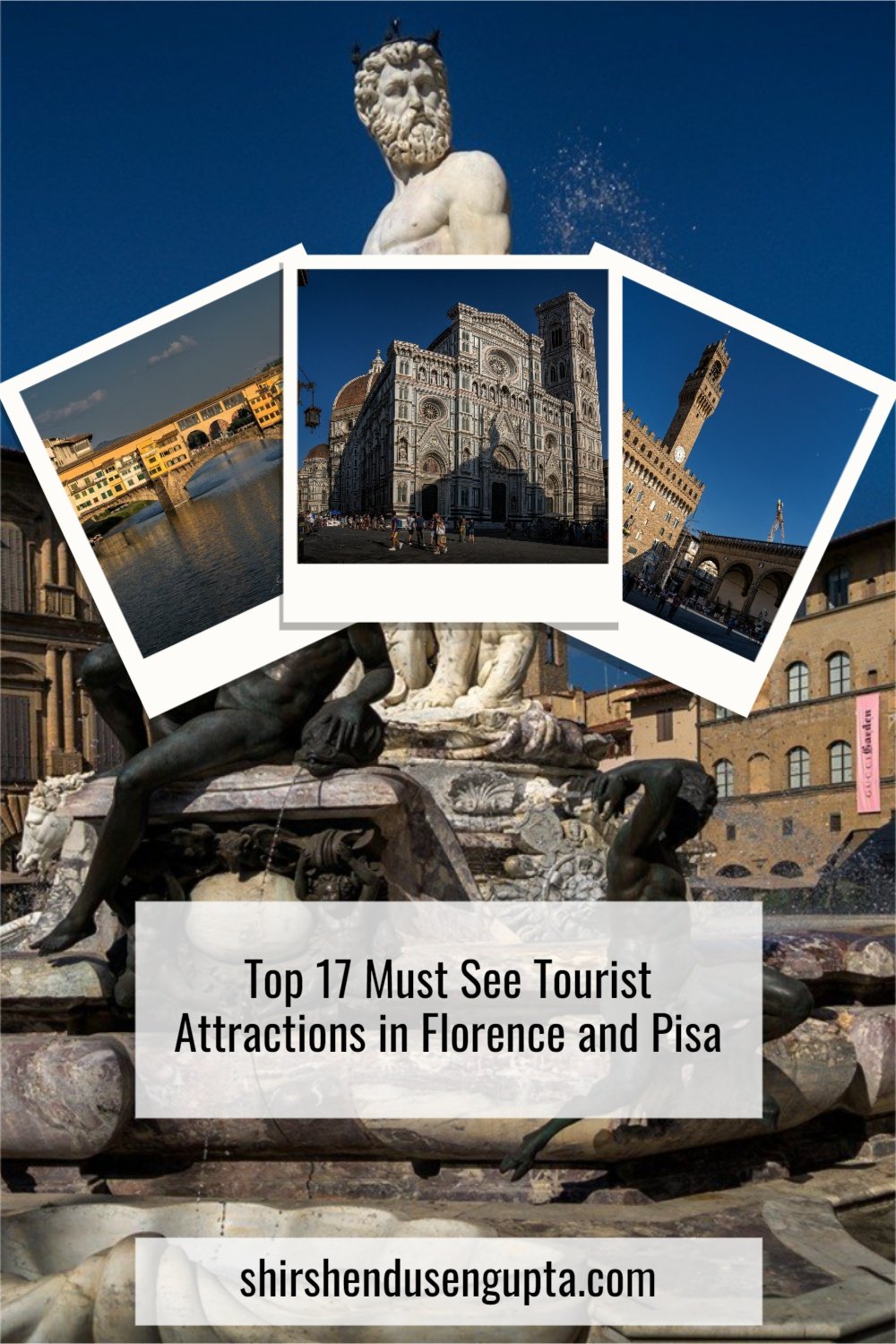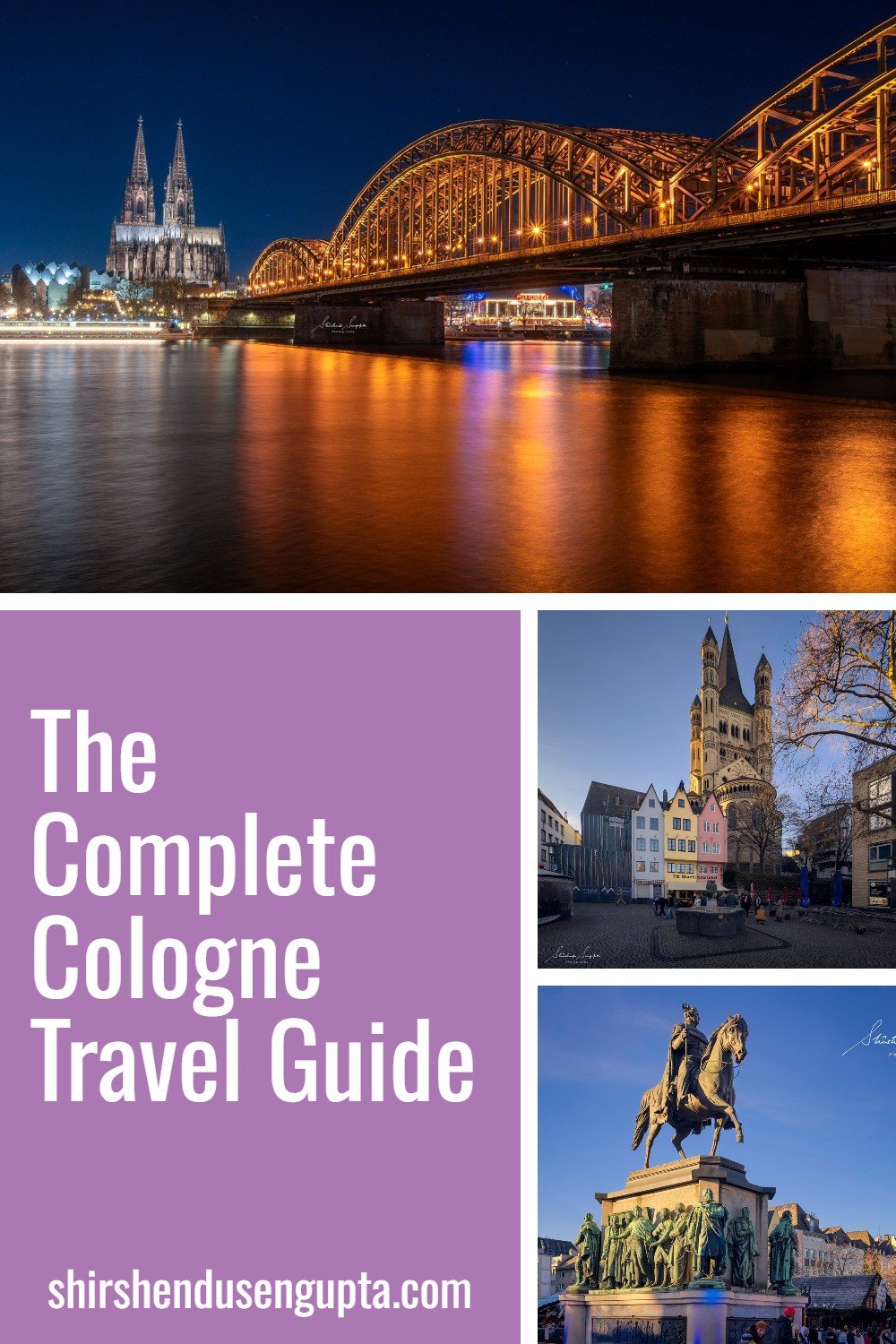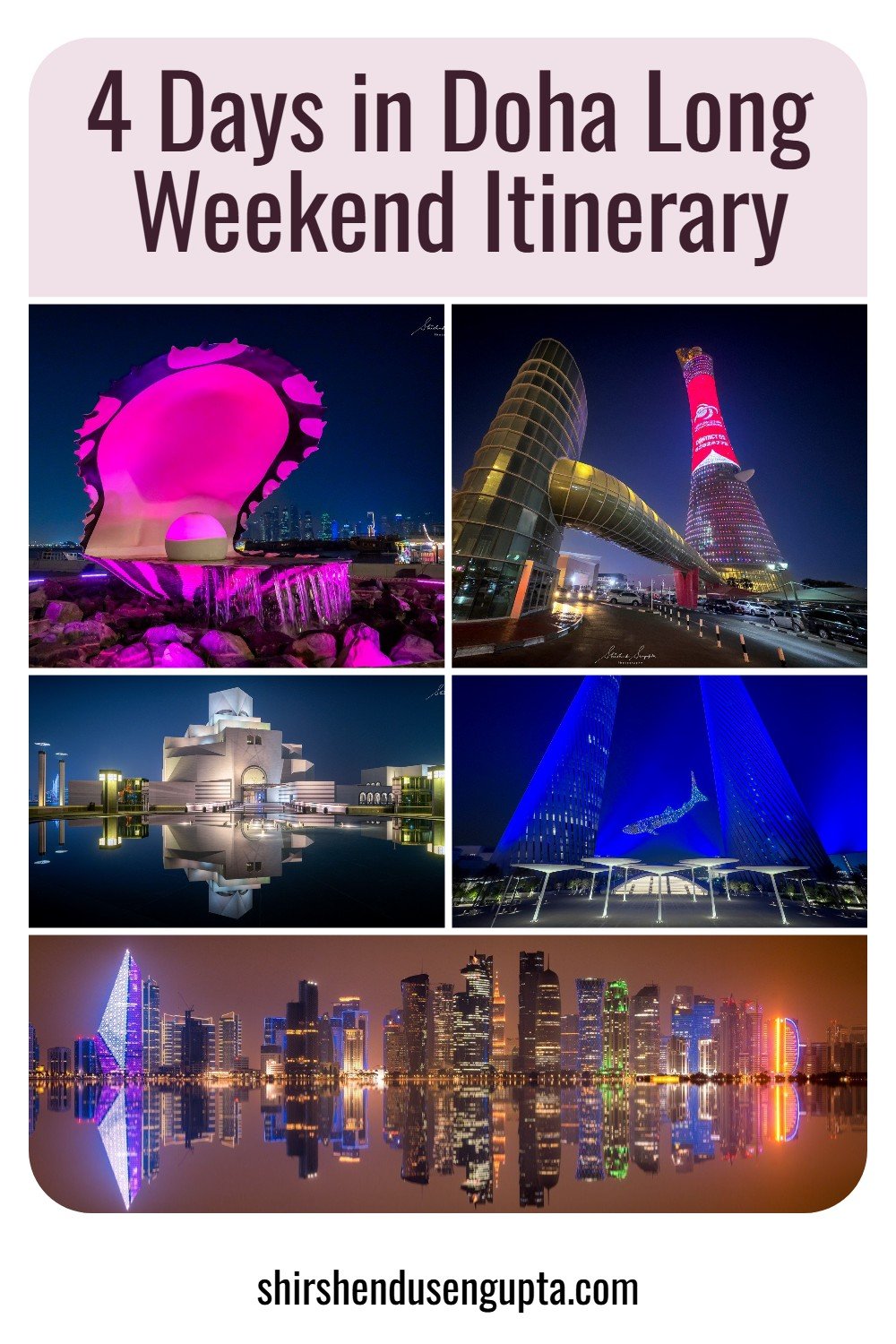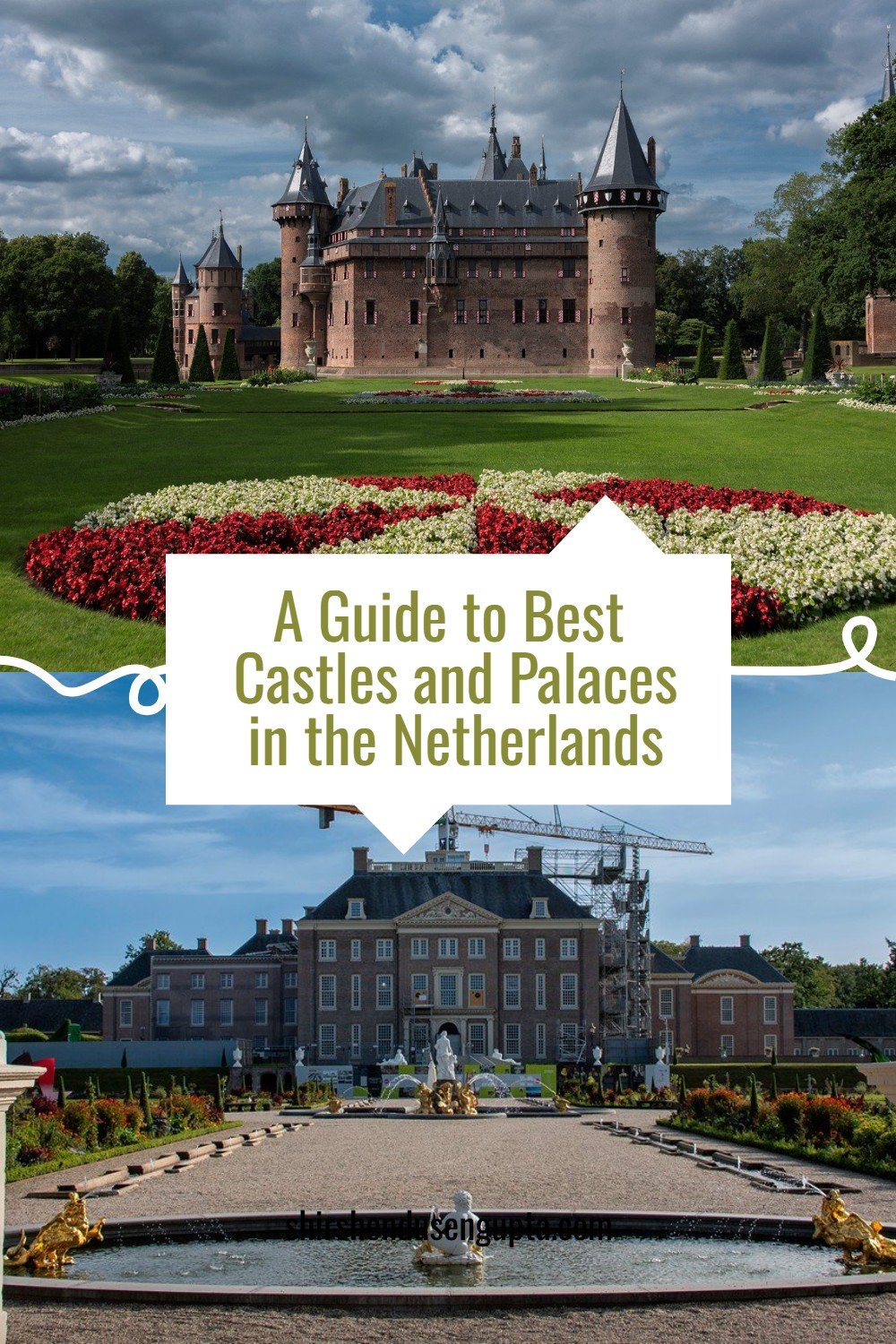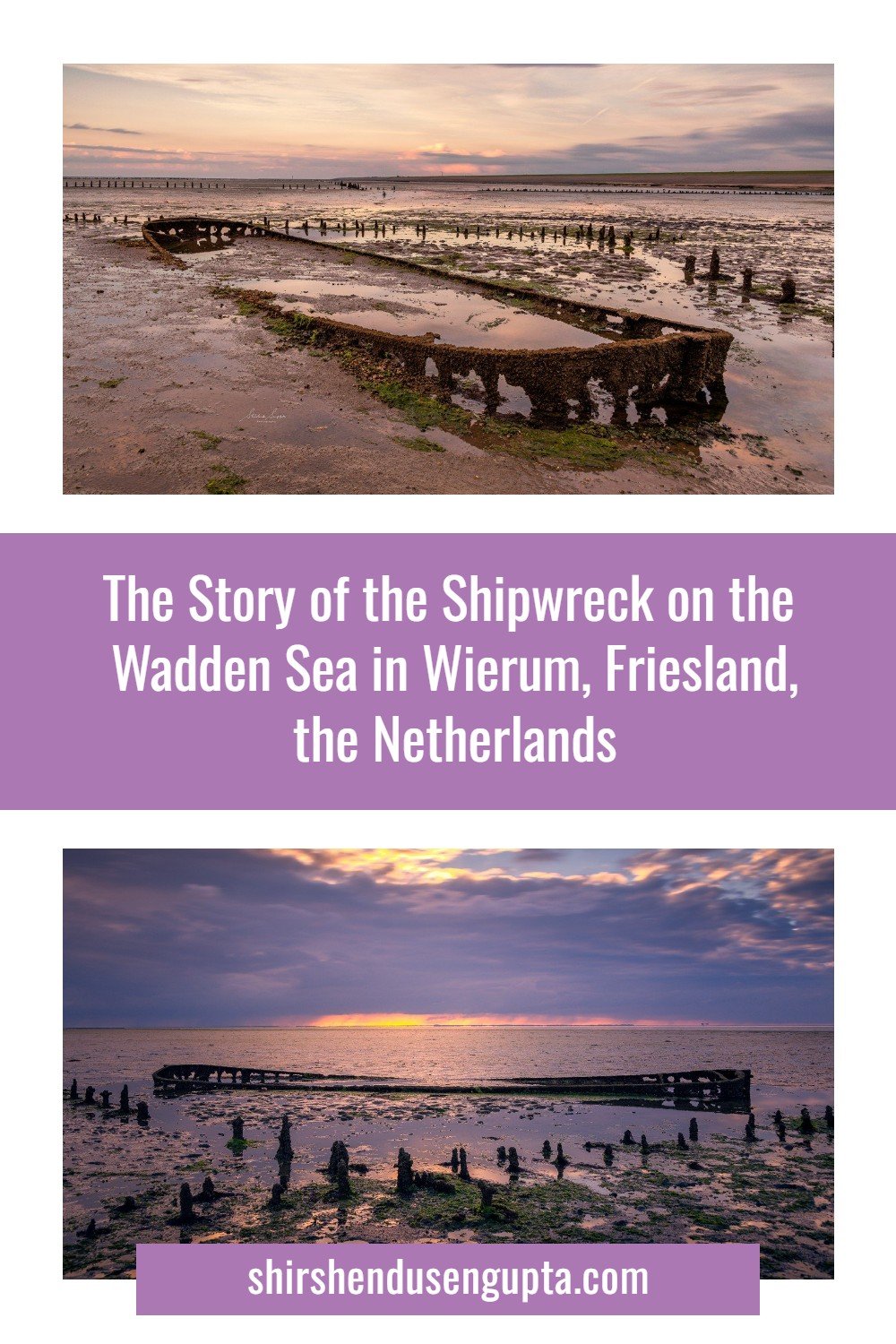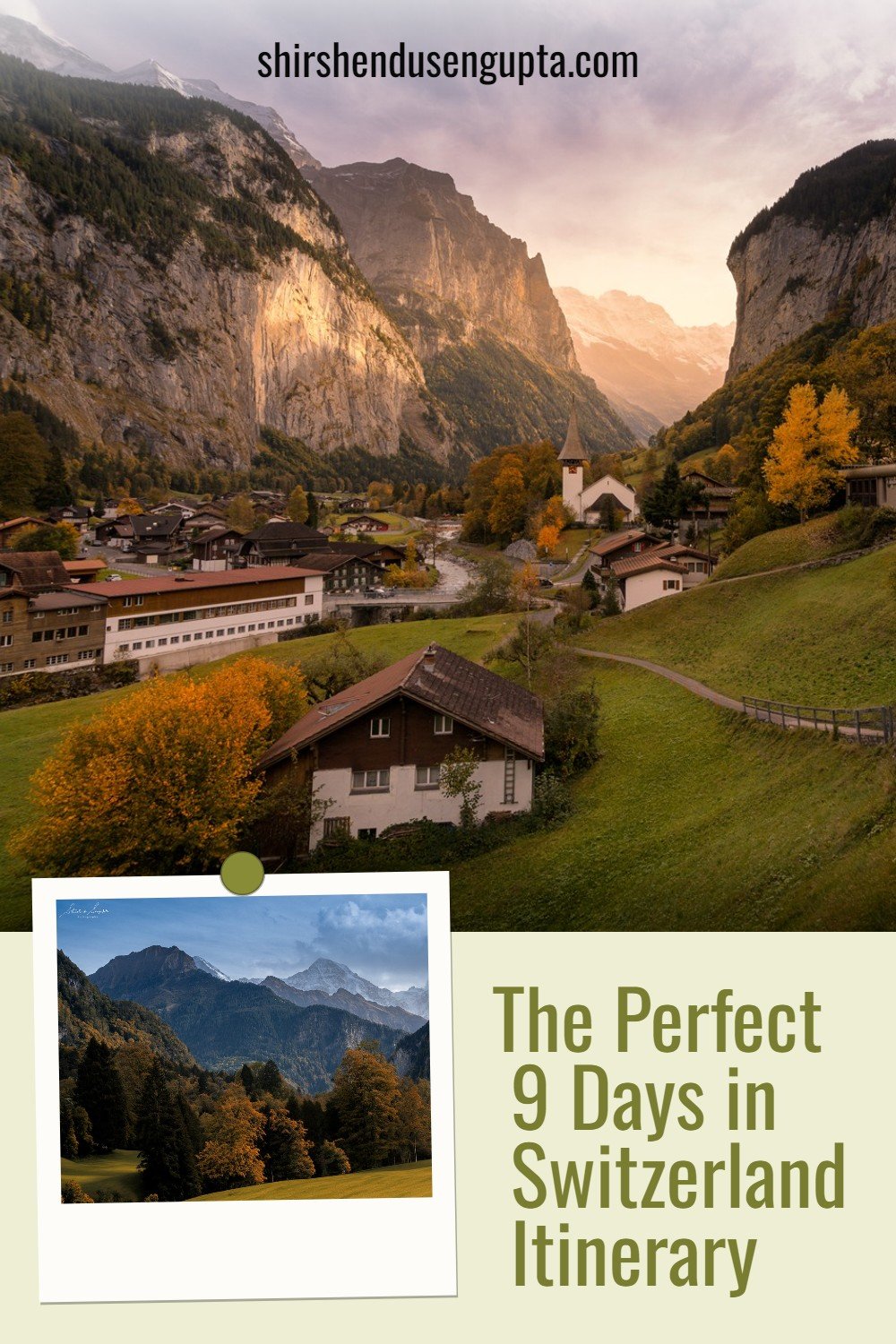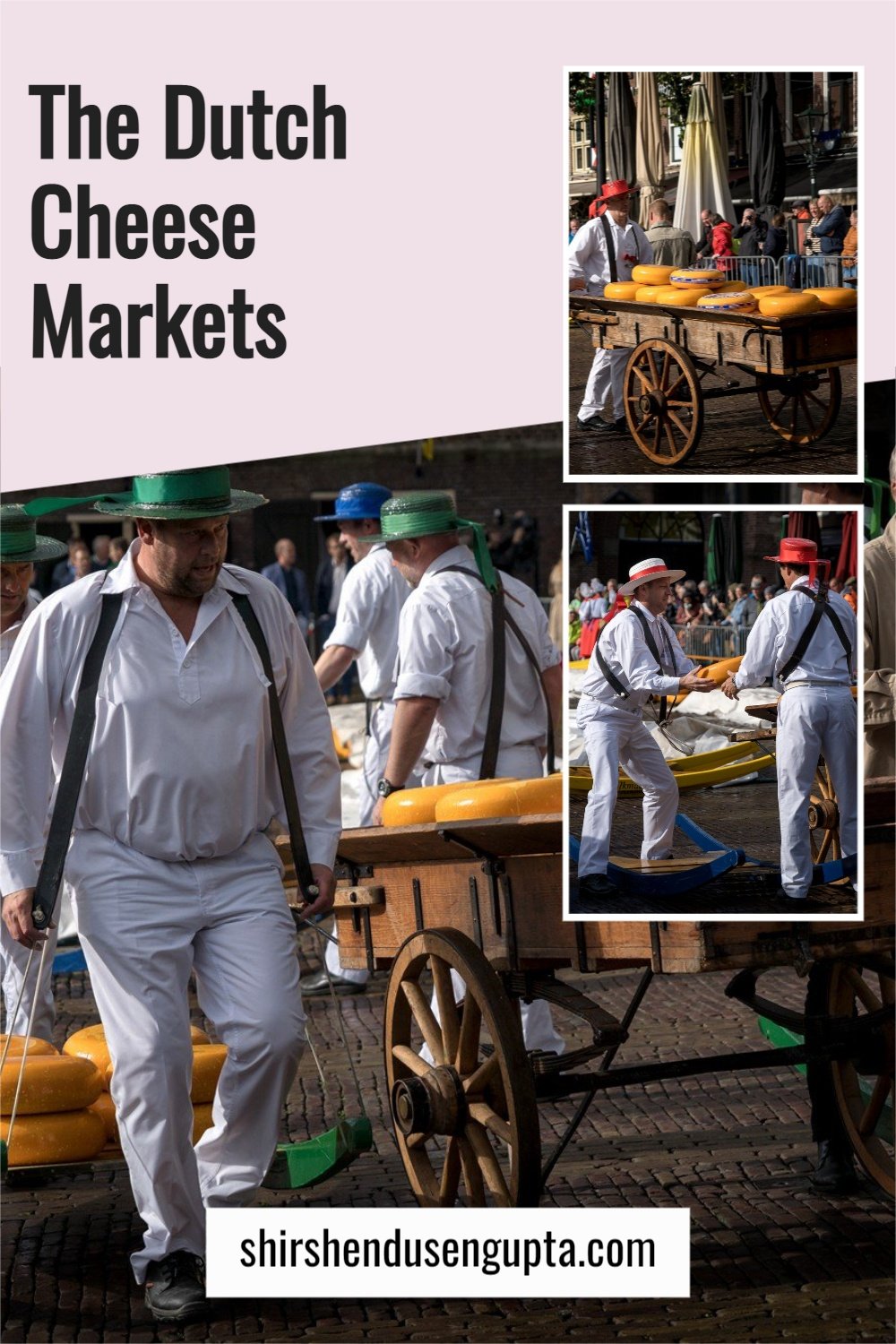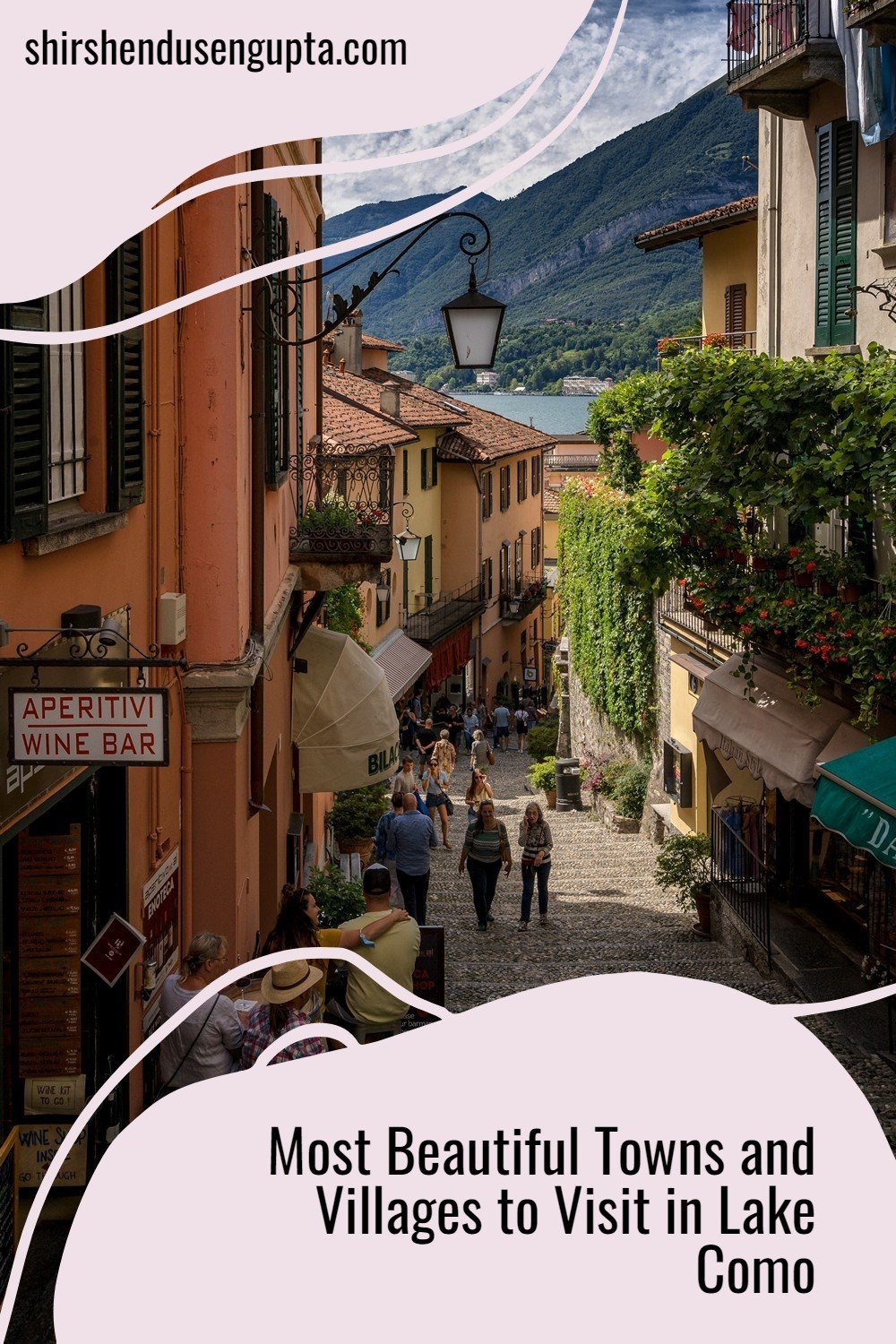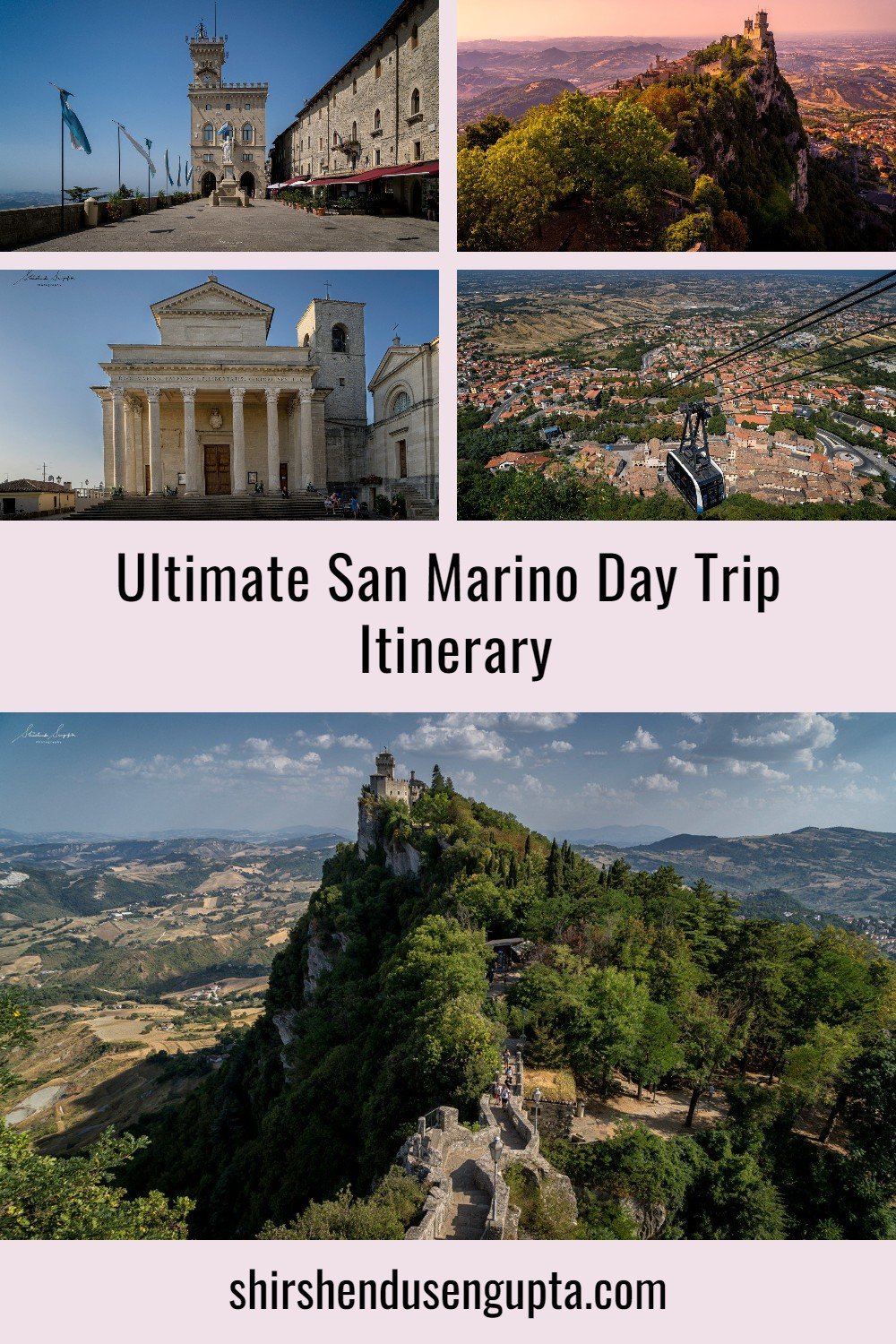17 Best Places to Visit and Things To Do in Florence and Pisa | Top 17 Must See Tourist Attractions in Florence and Pisa, Tuscany, Italy
Prologue
During a sun-soaked summer, we set off on a marathon road run, A Summer Escape to Northern-Central Italy and San Marino | A 6000 km Road Trip across Milan, Tuscany, Florence, Pisa, San Marino, and Como from the Netherlands | Travel Itinerary, Tips, and Tricks. From bustling city streets of Milan to charming Tuscan villages, historic Florence, iconic Pisa, the tiny republic of San Marino, and the picturesque towns along Lake Como, every stop offered new adventures, stunning landscapes, and unforgettable experiences. This journey holds a truly special place in our hearts, filled with moments that captured the joy of exploration and the magic of summer travel. So, based on our experience, today I’m going to take you along with me on a ride across the 17 top tourist attractions in Florence and Pisa. Let the journey begin!
Welcome to Florence and Pisa
Tuscany is renowned for its exquisite scenery, magnificent art, architecture, and extraordinary charm. However, Florence is the only location in Tuscany where all four of these characteristics come together seamlessly to create a majestic, charming, and utterly unique city. Florence is known for the vast political and economic influence it held during the Medici dynasty and for providing a platform for world-renowned personalities like Michelangelo, Brunelleschi, Leonardo da Vinci, Dante, Galileo, Marconi, Botticelli, and Machiavelli, to name a few. The art, architecture, and monuments from the Renaissance era entice millions of tourists to visit the city every year. Because of its rich cultural and architectural history, UNESCO designated Florence's Historic Center as a World Heritage Site in 1982, Forbes named it the most beautiful city in the world in 2010, and Lonely Planet rated it among the top 10 cities to travel to in 2022.
From Florence, a mere 1.5-hour drive west takes us to the city of Pisa. Once a naval force to rival Genoa and Venice, today’s Pisa is best known for a construction project gone horribly wrong commonly known as the ‘Leaning Tower of Pisa,’ which was once a wonder of the world. The town's center has an impressive collection of well-kept Romanesque buildings, Gothic churches, and Renaissance piazzas with a lively street life dominated by a bustling cafe and bar scene.
To know about other Instagrammable places in Tuscany apart from Florence and Pisa, please read our article Ultimate Photography Location Guide to Tuscany | Top 37 Instagram Photo Spots in Tuscany | 37 Best Places to Visit in Tuscany, Italy.
A Brief History of Florence and Pisa
The Etruscans originally lived in the current region of Tuscany, which Rome annexed in 351 BC. Following the fall of the Roman Empire, the area that would later become known as Tuscany (Toscana in Italian) was ruled by a number of different dynasties, including the Herulians, Ostrogoths, and others, before becoming an independent political unit with its own kings. The manufacture of textiles, trade, banking, and agriculture brought wealth to the cities of Pisa, Siena, Arezzo, Pistoia, Lucca, and especially Florence during the Middle Ages. The city-states frequently fought one another in order to seize power and territory. Though Pisa was the chief port and the hub of woolen manufacturing in Tuscany, over time Florence began to dominate and dwarf all other cities in the area. Internal factional conflicts aided in the Florentines' conquest of Pisa in 1406. Pisa briefly declared its independence when French forces invaded Italy in 1494, which was followed by 15 years of wars and sieges until Florence retook control of it in 1509.
During the fifteenth century, Florence was eventually ruled by an oligarchy of affluent nobles, including the powerful Medici banking family. During this period, the arts and literature experienced a time of incredible development that is known as the Renaissance or "rebirth" thanks to the support of these affluent households. After the fall of the Medici, the Austrian Dukes of Lorraine assumed control of Tuscany until 1861 when Tuscany opted to merge into a unified Kingdom of Italy. Florence served as the capital of the newly unified Kingdom of Italy from 1865 to 1871. Due to the popularity of the works by Dante Alighieri, Petrarch, Giovanni Boccaccio, Niccolo Machiavelli, and Francesco Guicciardini, the Florentine dialect, which serves as the foundation of Standard Italian, evolved into the national tongue of Italy.
17 Top Tourist Attractions in Florence and Pisa
1. Piazzale Michelangelo, Florence
On the hills south of Florence's historic center, Piazzale Michelangelo was constructed as per the designs of the architect Giuseppe Poggi. When Florence became the capital of Italy in 1869, the entire city underwent a thorough urban renewal which included the ‘Lungarni’ (riverside walkways following the Arno), the ‘Viali di Circonvallazione’ (a series of 6-lane boulevards replacing the 14th-century city walls) on the right side, and the ‘Viale dei Colli’ (8-kilometer-long tree-lined avenue) on the left side, on whose top Piazzale Michelangelo was built to serve as a panoramic terrace overlooking the skyline of Florence comprising the enormous Duomo (Florence cathedral), the Ponte Vecchio bridge, the Boboli Gardens, and the Arno river.
This lavish terrace is a classic example of 19th-century architecture that Poggi dedicated to displaying the great Florentine Renaissance artist Michelangelo's works of art (at least replicas) such as the David and the Medici Chapel sculptures from San Lorenzo basilica. Poggi created the hillside building with a loggia behind the completed terrace as a museum showcasing Michelangelo's creations. The structure never served its intended purpose, and now houses the restaurant La Loggia.
2. Bronze Replica of Michelangelo’s David at Piazzale Michelangelo, Florence
Frequently said to be the most beautiful sculpture in the world, Michelangelo created David between 1501 and 1504 when he was only 26 years old. Even though the Pieta in St. Peter's Basilica in Vatican City, which Michelangelo finished two years earlier, demonstrated the young artist's artistic brilliance, it was David that established his genius. Today, there are 30 life-size reproductions of David scattered throughout the globe, with Florence hosting two of the most well-known. The first is a marble replica standing at the Piazza della Signoria in front of the Palazzo Vecchio which replaced the ‘original’ David that was moved to Accademia Gallery to protect it from the elements, and the second, a bronze replica, is in the Piazzale Michelangelo.
Nine pairs of oxen pulled the bronze replica of Michelangelo's David to Piazzale Michelangelo in 1873. This monument is in a prime location, guarding the city from above and keeping an eye out for all the wonders Florence has to offer.
3. Ponte Vecchio on Arno River, Florence
The Ponte Vecchio, or "old bridge," is the oldest and most imposing bridge in Florence that is still in use. Taddeo Gaddi, a Giotto student, created the Ponte Vecchio, which was completed in 1345. The Ponte Vecchio is well-known for the numerous shops on and near the bridge, which were formerly the preserve of butchers, tanners, and blacksmiths. Duke Fernandino, however, saw to it that they leave since they produced too much noise and smell. Jewelers and goldsmiths took their place who could also afford greater rent.
Earliest documentation of Ponte Vecchio dates back to 966 AD and is said to be the only bridge across the Arno in Florence until 1218. Originally made of wood, it was badly damaged during the flood of 1333, after which it was rebuilt in stone in 1345 as a triple arch bridge. It was the only bridge over the Arno that the fleeing Germans did not burn during World War II. Instead, they destroyed the historic structures on each side to prevent access. When the Arno again breached its banks on November 4, 1966, the bridge amazingly resisted the immense weight of water and mud.
4. Battistero di San Giovanni (Baptistry of St. John), Florence
It's easy to recall Dante's lines from the Divine Comedy referring to the Baptistry of St. John in Florence as "my beautiful San Giovanni." It is one of Florence's most significant landmarks and is situated in Piazza del Duomo, directly in front of the Cathedral of Santa Maria del Fiore (Duomo di Firenze). Although its exact history is unknown, it is thought to have been constructed over the ruins of a Roman temple dedicated to Mars, the Roman god of war, that dates to the fourth or fifth century AD. It was initially built as a small basilica in 897. It was consecrated in 1128 as the Baptistry of Florence, making it the city's oldest ecclesiastical structure. All Florence Catholics were baptized there up until the end of the 19th century.
The Baptistry features an octagonal shape and an octagonal lantern with a cupola. It is dedicated to Florence's patron saint St. John. Its exterior is covered in white Carrara marble and green Prato marble, both of which have geometric patterns typical of Florentine Romanesque architecture. On three of the four sides, there are three big doors that are renowned for their embellishments. By 1330, Andrea Pisano had completed the first bronze door (Southern Door), which the influential Arte di Calimala (or Merchants Guild, specializing in the importation of fine fabrics) had commissioned. It featured images from St. John's life. Lorenzo Ghiberti, who triumphed over Filippo Brunelleschi in a competition, constructed the second door (Northern Door), representing stories of the life and passion of Christ from the New Testament, between 1403 and 1424. The third door (Eastern Door) also constructed by Ghiberti between 1425 and 1452 and named by Michelangelo the ‘Porta del Paradiso’ (Gates of Paradise), is entirely gilded and features scenes from the Old Testament. The eastern door, which leads to the Duomo, has historically been regarded as the most significant door. Today, the doors at the baptistry are replicas, while the original doors are now on display in the Museum behind the Duomo.
In his famous 2013 thriller novel Inferno (which was also adapted into the Hollywood movie of the same name), author Dan Brown says "Legend proclaims that it is physically impossible, upon entering the Baptistry of San Giovanni, not to look up." In this novel, the protagonist Professor Langdon and Sienna Brooks (played by academy award winner Tom Hanks and Felicity Jones, respectively, in the Hollywood adaptation) visit this baptistry when they are trying to figure out where the words on the back of Dante's death mask are leading them to.
Piazza del Duomo with Duomo di Firenze on the left and Baptistry of St. John on the right
‘Gates of Paradise’ at Baptistry of St. John
5. Santa Maria del Fiore (Duomo di Firenze), Florence
Santa Maria del Fiore designed by Arnolfo di Cambio, was the largest church in Europe when it was finished in the 15th century, and is now the third largest church in the world (after St. Peter's Basilica in Rome and St. Paul's Cathedral in London). It measures 153 meters in length, 90 meters at the intersection, and 90 meters high, measured from the ground to the bottom of the lantern.
The Duomo with the Campanile (Clock Tower) by Giotto beside it, stands just opposite the Battistero di San Giovanni (Baptistry of St. John) on the Piazza del Duomo. Arnolfo di Cambio started construction on the cathedral in 1296, and it took two centuries to finish. In 1412, it was dedicated to Santa Maria del Fiore, the Virgin of the Flower, an obvious reference to the lily, Florence's emblem. On a Filippo Brunelleschi design, the magnificent Renaissance dome, the biggest masonry vault in the world was constructed between 1420 and 1436. It has a diameter of 45.5 meters and a height of more than 116 meters.
Pink, white, and green marble are used in a decorative fashion to cover the church's exterior. The cathedral has a central plan with the dome and a longitudinal plan with a Latin cross inside. The four oval arches are supported by eight substantial grouped pillars that split the longitudinal plane into three naves. The floor is covered with polychrome marbles.
6. Palazzo Vecchio, Florence
The Florentines chose to construct a palace in 1299 to house the republic's administrative bodies and to serve as a symbol of the republic's and the people's sovereignty. This edifice was started on the remains of the Palazzo dei Fanti and the Palazzo dell'Esecutore di Giustizia in Piazza della Signoria by Arnolfo di Cambio, the architect of the Florence Duomo and the church of Santa Croce. A number of generations were required to finish the work, suffering alterations, and extensions, as was the case with other significant projects of the time.
In order to transform the structure into his dwelling in the 16th century, Cosimo I de Medici had it reorganized and decorated. As a result, it took on its current appearance and was designated as the Ducal Palace. Later, once Cosimo I de Medici relocated to the Pitti Palace, the Palazzo Ducale was renamed Palazzo Vecchio and used as the government complex and safekeeping facility for valuables. To move from one location to another with greater comfort and privacy, Cosimo I had a corridor built that connected the Pitti Palace with the administrative buildings which is now the Uffizi Gallery, and another corridor that connected Pitti Palace with Palazzo Vecchio which was called the Vasari Corridor. Today, Palazzo Vecchio is the town hall of Florence (also houses a museum named Museo dei Ragazzi) and has the marble replica of Michelangelo’s David in front of it. It overlooks Piazza della Signoria that houses the Neptune Fountain by Bartolomeo Ammannati, and Loggia dei Lanzi (an arched open building with statues like Perseus with the head of Medusa by Cellini, Rape of Polyxena by Pio Fedi, Rape of the Sabine Women by Giambologna, and Hercules and the Centaur Nessus by Giambologna, to name a few).
Palazzo Vecchio houses the Salone dei Cinquecento (Hall of the Five Hundred), which was constructed in 1494 during the brief Republic of Fra Girolamo Savonarola. Instigating a public insurrection against the Medici, Savonarola succeeded in driving them out of the city and from power. Savonarola supposedly boosted the number of Florentines eligible to serve in the government to over 1,000 after establishing his new republican regime. Consequently, a sizable hall was required to hold at least 500 Florentines at once and hence the name of the hall. Savonarola was detained in 1498, hung, and burned at the stake in the Piazza della Signoria labeled as a "heretic, schismatic, and for preaching new things."
In Dan Brown’s novel Inferno, it is the ceiling of the ‘Hall of the Five Hundred’ that has the painting of ‘Apotheosis of Cosimo I de' Medici’ by Vasari, which the antagonist tears through and falls to her death onto the floor. Also, it is in Palazzo Vecchio’s museum where Robert Langdon finds Dante’s Death Mask which can actually be visited in the museum.
Hercules and Cacus by Baccio Bandinelli at the gates of Palazzo Vecchio
‘Hall of the Five Hundred’ inside Palazzo Vecchio
‘Apotheosis of Cosimo I de' Medici’ by Vasari on the ceiling of ‘Hall of the Five Hundred’
Dante’s Death Mask
7. Marble Replica of Michelangelo’s David in front of Palazzo Vecchio, Florence
Among all the reproductions of Michelangelo’s David all over the world, the one in Piazza della Signoria, in front of Palazzo Vecchio, where the original was replaced by it in 1910, possibly is the most notable. In 1873, the original sculpture was brought indoors and placed in Florence's Accademia Gallery, where it continues to draw large crowds today. Luigi Arrighetti created this rendition, which is titled ‘Copy of David.’
8. Loggia dei Lanzi, Florence
Simone di Francesco Talenti, Lorenzo di Filippo, and Benci di Cione constructed the stunning arched gallery known as the Loggia dei Lanzi in the fourteenth century at the Piazza della Signoria just in front of the Palazzo Vecchio. The building process took place between 1376 and 1382. The elegantly proportioned open gallery was created in a late Gothic style, which was unmistakably an inspiration for the upcoming Renaissance style. One of the most well-known Renaissance artists, Michelangelo, even suggested that the gallery be extended around the entire Piazza della Signoria, but Cosimo I de' Medici, Duke of Florence, ultimately rejected the idea because it would be too expensive.
Originally, the loggia was used to host public gatherings, public festivities, and formal Florentine Republic events. The custom of placing sculptures in the loggia began when the Florentines drove out the Medici, who had dominated the city for more than 150 years. However, the Medici family soon recovered control of Florence, and Duke Cosimo I commissioned Benvenuto Cellini to create a sculpture of the mythical hero Perseus holding Medusa's severed head. That and some of the other masterpieces present in the Loggia dei Lanzi are shown below.
Perseus with the head of Medusa by Cellini
Rape of Polyxena by Pio Fedi
The Rape of the Sabine Women by Giambologna
Hercules and the Centaur Nessus by Giambologna
Menelaus supporting the body of Patroclus
9. Neptune Fountain, Florence
Right in the middle of Piazza della Signoria, close to the Palazzo Vecchio, one can find the stunning Neptune Fountain (Fontana di Nettuno), which was constructed by Bartolomeo Ammannati and Giambologna between the years 1563 and 1565 to commemorate the opening of a new aqueduct. Three juvenile newts, two sea Gods, and Doride Oceania with her daughter Nereide Teti surround the enormous sculpture of the sea God, who is depicted as riding on a chariot pulled by four horses. The faces of Neptune and Cosimo I, a well-known proponent of these fountain realizations, which he viewed as a representation of the prestige and repute of the Granducato of Florence, bear a striking resemblance.
10. Equestrian Statue of Cosimo I di Medici, Florence
The Equestrian Statue of Cosimo I de Medici, created by Giambologna between 1587 and 1594, is one of the charming monuments located at Piazza della Signoria. Ferdinando I de Medici commissioned the statue to honor his late father, the first Grand Duke of Tuscany, who had vanished about 15 years earlier. It was an instant hit and was repeated with a variety of other riders on a much smaller scale for statuettes.
After mastering the human form by the 1580s, Giambologna had switched his attention to the horse, which had almost as much appeal to the ancient Greeks and Romans. He approached the issue scientifically and produced his bronze masterwork, an equestrian statue of Cosimo I, Grand Duke of Tuscany. This statue continues the Renaissance practice of using equestrian statues to symbolize a ruler's authority, which is evident from the statue of Marcus Aurelius in ancient Rome and the Regisole in Ferrara.
His horse of choice was compact and rotund, with a short body and well-rounded rump, and its features were accentuated by the sinuous tail, elevated front hoof, and furiously curling mane. The beast's enlarged veins, rolling eyes, and perked-up ears communicate its vivacity and attentiveness. The trotting horse in this statue is standing with its right leg up, like in earlier statues, but unlike Marcus Aurelius, Cosimo is wearing stirrups, and his horse is displaying the restraint of the bridle, albeit with little tension. Cosimo, like Gattemalata, is wearing armor, a sheathed sword, and a military baton.
11. Basilica di Santa Croce, Florence
Basilica di Santa Croce (or Basilica of the Holy Cross) is the largest Franciscan church in the world. According to legend, St. Francis himself erected Santa Croce. Arnolfo di Cambio, probably, started work on the current church's (which was meant to replace the old structure) construction on May 12, 1294, and some of the wealthiest families in the area contributed to its cost. Its sixteen chapels, many of which are embellished with frescoes by Giotto and his pupils, as well as its tombs and cenotaphs, are its most prominent characteristics.
Since all of Florence's notable sons are buried in Santa Croce, including Michelangelo, Galileo, Guglielmo Marconi, Ugo Foscolo, Rossini, Niccolini, and Capponi, it is known as the Tempio dell'Itale Glorie (Temple of the Italian Glories). It also houses the funerary monument of Dante since his body was not allowed to be brought back to Florence (he's buried in Ravenna where he died in exile).
Tomb of Michelangelo di Lodovico Buonarroti Simoni
Tomb of Galileo Galilei
Tomb of Niccolo di Bernardo dei Machiavelli
Tomb of Ugo Foscolo
Tomb of Gioachino Antonio Rossini
Tomb of Gino Capponi
Tomb of Lorenzo Bartolini
Funerary Monument of Dante Alighieri
Funerary Monument of Guglielmo Marconi
Funerary Monument of Antonio Santi Giuseppe Meucci
Funerary Monument of Carlo Marsuppini
12. Art Galleries of Accademia and Uffizi, Florence
Most visitors to Florence, the epicenter of the Italian Renaissance, would mistake it for an outdoor museum. The squares and structures themselves serve as a reminder of earlier times and architectural heritage. From Brunelleschi to Michelangelo, some of the most renowned artists of their time planned, built, and embellished Florence's cathedral, churches, and numerous palaces, all of which can be freely observed from the exterior. However, you must walk inside and visit at least one or two museums while you are here if you want to see Florence's other side, the side that houses the majority of its riches. The greatest brains of all time envisioned and produced the paintings, sculptures, and frescoes that can be found there.
Without a doubt, the reason for the Galleria dell'Accademia's fame is the sculptures by the great Renaissance artist Michelangelo. The majority of the hundreds of thousands of visitors the museum greets each year are drawn in by his Prisoners (or Slaves), his St. Matthew, and, above all, the great figure of David. All of Michelangelo's sculptures, according to him, were already present in the marble block; he merely needed to free them. These figures provide a superb depiction of his ideas since they appear to be attempting to escape the rough marble that is imprisoning them.
The Uffizi Gallery is a U-shaped structure that was formerly used as an office building. In order to house the magistrates, the Florentine Guilds' seats, a large theater, and the judiciary offices (hence the name "Uffizi," which means offices in Italian), Cosimo de Medici commissioned his favorite architect Giorgio Vasari to construct a grandiose building next to the Palazzo Vecchio, the seat of power. With works by Botticelli, Leonardo da Vinci, Michelangelo, and Raphael, it currently has the highest concentration of Renaissance art in the entire globe. The famous ‘La Primavera’ (1480) and the ‘Birth of Venus’ (1485) by Botticelli are two of the most cherished examples of Renaissance artwork. Leonardo da Vinci's Annunciation (1475) and Adoration of the Magi are the subjects of a complete room (1482). Apart from these, it houses the Madonna series by Raphael, Giotto, Filippo Lippi, and Botticelli.
13. The ‘Original’ David of Michelangelo in Accademia Gallery, Florence
Michelangelo’ David sculpted in marble between 1501 and 1504 is a masterpiece of Renaissance art. David is a marble statue of the Biblical character David shown as a naked person that stands 5.17 meters (17 feet) tall and is a popular topic in Florentine art. David was originally commissioned by the Opera del Duomo (Vestry Board) as one of several prophet statues to be placed along the east end of Duomo di Firenze’s roofline. The Board's consuls requested Michelangelo to finish a task that had been started by Agostino di Duccio in 1464 and continued by Antonio Rossellino in 1475. The massive slab of marble was ultimately rejected by both sculptors because it included too many "taroli," or flaws, which may have jeopardized the stability of such a massive statue. Due to this, this large slab of marble was lying in the courtyard of the Opera del Duomo for 25 years. Even though he was only 26 years old in 1501, Michelangelo was already the most well-known and highly compensated artist of his time. He eagerly embraced the task of sculpting a large-scale David, and over the course of more than two years, he labored nonstop to produce one of his most beautiful works of art in sparkling white marble. Although the Vestry Board had chosen a religious theme for the statue, no one had anticipated such a revolutionary interpretation of the Biblical figure.
Book 1 Samuel recounts the story of the conflict between David and Goliath. Near the Valley of Elah, Saul and the Israelites were battling the Philistines. Twice each day for 40 days Goliath, the Philistines' champion, challenged the Israelites to send out a champion of their own to decide the outcome in a single battle. Only young shepherd David agreed to take on the assignment. David denied Saul's armor because it was too big and instead took only his sling and five stones from a nearby brook. Thus, David and Goliath faced off against one another, David equipped simply with his rock, sling, confidence in God, and courage, and Goliath with his armor and shield. David used all of his strength to fling a stone from his sling at Goliath, striking him in the middle of the forehead. Goliath then fell to the ground on his face, and David chopped off his head.
Traditionally, David has been shown triumphant over the dead Goliath following his victory. Verrocchio, Ghiberti, and Donatello, among other Florentine artists, each painted a different image of David standing over Goliath's severed head. For the first time ever, Michelangelo decided to show David before the combat. Michelangelo caught David at the height of his focus as he is tense with attentive eyes and pulsing veins on the back of his hands. He is resting on the contrapposto, a traditional stance that is both calm and vigilant. The figure stands with one leg supporting its entire weight and the other leg extended. This causes the hips and shoulders of the figure to rest at different angles, giving the entire body a small s-curve. His practically imperceptible slingshot over his shoulder emphasizes that David's success was the result of cunning, not brute force. He exudes extraordinary self-assurance and focus, two characteristics of the "thinking man," who was idealized throughout the Renaissance. Some of the details' proportions are unusual for Michelangelo's art. The figure features a head that is abnormally big and an imposing right hand. The statue's initial placement on the cathedral roof line may have necessitated these enlargements since key features of the sculpture needed to be drawn attention in order to be seen from below.
Archival records reveal that Michelangelo kept his work on the monument a secret until January 1504, when he finally revealed it. Since he was working outside in the courtyard, he became wet while doing his job. It is reported that he made a wax model of his design and submerged it in water, so perhaps this is where he got the idea for his working style. He would let the water level fall as he worked and then sculpt with various chisels what he could see taking shape. He only occasionally ate, according to his biographer Ascanio Condivi, and when he did sleep, he did it with his clothing and sometimes even his boots still on. After more than two years of arduous effort, Michelangelo made the decision to show the Vestry Board members his "Giant." They were the only ones to see his 14-foot-tall David when it was unveiled in January 1504; they all agreed that it was too perfect to be positioned so high in the Cathedral, therefore it was decided to choose another location in town. To choose a suitable location for David, the city council assembled a commission of roughly thirty people, including painters like Giuliano da Sangallo, Sandro Botticelli, and Leonardo da Vinci. Nine potential sites for the statue were examined throughout the protracted discussion, and ultimately the statue was erected in Florence's Piazza della Signoria, the city's political hub. The half-mile journey from Michelangelo's workshop behind Santa Maria del Fiore Cathedral to the Piazza della Signoria took four days and forty men.
Standing in the middle of Piazza della Signoria, staring intently in the direction of Rome, the home of the Medici family, with a foreboding expression, the statue quickly came to stand as a symbol of the freedom and liberty of the Republican ideals, demonstrating Florence's resolve to protect itself from the powerful rival states and the Medici family’s hegemony. Up until 1873, it remained in Piazza della Signoria. Then, in order to safeguard it from harm and more deterioration, it was transferred into the Galleria dell'Accademia.
To see the ‘original’ David by Michelangelo, I advise you to reserve the museum tickets in advance due to the high volume of visitors.
Original statue of Michelangelo’s David in Accademia Gallery
14. Battistero di San Giovanni (Baptistry of St. John), Pisa
One of the most renowned ecclesiastical settings in the entire world is found within the Pisa Cathedral Complex, often known as Cathedral Square (Piazza del Duomo) also known as Piazza dei Miracoli. The Pisa Cathedral Complex is made up of the Battistero di San Giovanni (Baptistry of St. John), Duomo di Pisa (Pisa Cathedral), and Camposanto (cloistered cemetery), and one particularly renowned campanile or bell tower, commonly known as the ‘Leaning Tower of Pisa.’
The Battistero di San Giovanni (Baptistry of St. John) in Pisa, which is 54.86 m high and 34.13 m in diameter is the largest baptistry in Italy. It was built in place of an earlier baptistry and was built between the years 1152 and 1363. The famed Pisa structures, including the Leaning Tower of Pisa and the Duomo di Pisa (Cathedral of Pisa), surround this towering and magnificently designed baptistry.
It was designed by Diotisalvi, as shown by the fact that he inscribed his initials on the two pillars. The Pisa Baptistry is a good illustration of how the architecture transitioned from Romanesque to Gothic styles over time. The bottom section has rounded arches in the Romanesque style, and the top sections have pointed arches in the Gothic form. The Baptistry is made of marble, as is typical of Italian design.
Piazza del Duomo with Battistero di San Giovanni (Baptistry of St. John) on the left and the Pisa Cathedral and the Leaning Tower on the right
15. Duomo di Pisa (Pisa Cathedral), Pisa
The Duomo di Pisa (Pisa Cathedral) is the oldest and largest building in the Pisa Cathedral Complex. After defeating the Saracens (Muslim invaders) at Palermo in 1063, Pisa's fleet acquired the resources to begin construction on the Cathedral. At the time, Pisa was a major player in the Mediterranean Sea and required a Duomo worthy of its stature. St. Mark's Basilica in Venice started to be rebuilt that same year, demonstrating the fierce competition between the two maritime republics to build the most exquisite and opulent place of worship. A new architectural style known as ‘Pisan Romanesque’ was developed by architect Buscheto by fusing elements of Eastern architecture, Byzantine design, and Lombard embellishment; a style that spread from here to several regions ruled by the Pisans.
In order to demonstrate that Pisa had no fear of invasion, the church was built outside of its early medieval walls. The chosen location had previously been utilized as a necropolis during the Lombard era, and at the beginning of the 11th century, a church that was to be called Santa Maria had been started but never completed there. Prior to being given the formal name Santa Maria Assunta, Buscheto's majestic new church was known as Santa Maria Maggiore. The 1118 expansion made it the largest Cathedral in Europe for about a century and the pride of the city.
16. Leaning Tower of Pisa, Pisa
The Torre Pendente (Leaning Tower), one of Italy's most famous landmarks, lives up to its name by shockingly veering 3.9 degrees off the perpendicular. Although it took over 200 years to construct, the 58-meter-tall tower, meant to be the campanile (bell tower) of the Duomo di Pisa (Pisa Cathedral), was already deteriorating when it was opened to the public in 1372. The tilt, which was brought on by a thin layer of unstable subsoil, gradually got worse over time until it was ultimately stopped by a significant stabilization project in the 1990s. But despite all of that, the tower with its seven bells, one for each musical note, the largest of which, cast in 1655, weighs a full three and a half tonnes, has actively participated in both human and divine timekeeping for the last 600 years. Due to this, it had found its place among the Seven Wonders of the World.
Under the direction of the architect Bonanno Pisano, construction started in 1173, but his designs failed almost right away. He had only completed three of the tower's seven tiers when he was compelled to stop work when it began to sag. When construction recommenced in 1272, masons and artisans made vain attempts to strengthen the foundations. But they persisted, progressively constructing straight up from the lower levels to make up for the lean. But once more, due to a war between the Italian city-states of Genoa, Lucca, and Florence, construction had to be put on hold, and it wasn't until the second part of the 14th century that it was finally finished. Some experts now feel that the tower would have undoubtedly fallen to the ground had there not been this gap, which allowed the soil to settle.
During the ensuing 600 years, the tower continued to slant at a rate of approximately 1 mm every year. By 1993, it was 4.47 meters out of plumb and tilted more than 5 degrees. To combat this, steel cables attached to nearby buildings were joined to steel bracing draped around the third story. As workers carefully dug out soil from beneath the northern foundations, this kept the tower in position. The tower sunk to its 18th-century level and corrected the lean by 43.8 cm after about 70 tonnes of soil were removed from the northern side. According to experts, this will ensure the tower's survival for the ensuing three centuries.
But the question that keeps hovering in the mind of the observer is how has the tower survived all these years considering its perilous position and how has it been able to endure at least four significant earthquakes in the area since 1280 without being damaged. According to a recent study, the dynamic soil-structure interaction phenomena (DSSI) are solely responsible for the tower's robustness. Ironically, the same soil that created the leaning instability and nearly took the tower down is also responsible for its survival throughout these seismic occurrences. In other words, because of the soft soil and the height and stiffness of the tower, the building is safe from earthquake damage. Simply put, it doesn't vibrate when there are tremors. The Leaning Tower of Pisa appears to be secure for many years to come because, according to the experts, it actually holds the world record in DSSI impacts.
Children under the age of eight are not permitted in or up the Leaning Tower, which can only accommodate 45 people at once. To reserve a time slot for later in the day, book in advance online or head directly to a ticket office when you arrive in Pisa. This will help you avoid disappointment. The 35-minute visits include a steep ascent of 251 occasionally slick steps without any elevator. Cameras are basically the only items you are allowed to take with you; all other things, including handbags, must be left at the free luggage drop-off station next to the main ticket office.
17. Other Places to Visit in Florence and Pisa
In Florence, if you have time after visiting all of the places listed above, I recommend paying a visit to Palazzo Pitti (15th-century palace of Florentine rulers), Boboli Gardens (16th-century gardens built by the Medici Family behind Palazzo Pitti), and the basilicas of Santa Maria Novella, San Miniato Al Monte, and San Lorenzo (with the Medici burial chapels).
In Pisa, if you have time after visiting all of the places listed above, I recommend paying a visit to Museo dell'Opera del Duomo (Cathedral Museum) and the Composanto (cloistered cemetery) located within the same Pisa Cathedral Complex as the Battistero di San Giovanni (Baptistry of St. John), the Pisa Cathedral, and the Leaning Tower of Pisa (Piazza del Duomo).
Visiting Florence and Pisa
Best Time to Visit: The best time to visit Florence and Pisa is during spring (April to June) and early fall (September to October). These seasons offer pleasant weather, ideal for exploring historic landmarks and enjoying outdoor activities. However, like us, if you can travel only during the school holidays you can choose to travel to Florence and Pisa in the summer (July to August) but it can be very hot and overcrowded.
Number of Days to Stay:
2 to 3 days are ideal for exploring Florence, covering all the major attractions. And consider 1 additional day to make a day trip to Pisa.
Best Place to Stay:
Stay in the city center of Florence for convenience, near Piazza della Signoria, Santa Maria Novella, or the Duomo. And if you are planning to stay overnight in Pisa (we never did), stay near the Piazza del Duomo (aka Piazza dei Miracoli) for easy access to the Leaning Tower or closer to Pisa Centrale station for transportation convenience.
Best Way to Arrive:
Florence is served by Amerigo Vespucci Airport, with connections to major European hubs. Alternatively, Pisa International Airport is a nearby option. Trains from major Italian cities, such as Rome, Milan, or Venice, also arrive at Florence’s train station, Firenze Santa Maria Novella. The first time we were in Florence, we took a train from Rome (Roma Termini station) to Florence (Firenze Santa Maria Novella station). This time, we drove to Florence from Siena. As for Pisa, the last time we had taken a 1-hour train from Florence (Firenze Santa Maria Novella station) to Pisa (Pisa Centrale station), and this time we drove directly from Siena to Pisa.
Best Local Mode of Conveyance:
Florence is very walkable, especially in the historic center. Public buses and trams are available but rarely needed. Avoid driving, as many streets are restricted for pedestrian use and have ZTL (limited traffic zones). Pisa is also compact and walkable, especially around the main attractions. Public buses are available for longer distances. A taxi or bike rental can also be convenient for exploring the outskirts.
Epilogue
So that brings us to the end of our journey across the 17 top tourist attractions in Florence and Pisa. Please let us know in the comments below if you enjoyed reading this article.
If you want to know more about Tuscany and the best places to visit and photograph there, please read our article Ultimate Photography Location Guide to Tuscany | Top 37 Instagram Photo Spots in Tuscany | 37 Best Places to Visit in Tuscany, Italy. And if you want to read the day-by-day account of our 6000 km road run across Northern-Central Italy during summer, please visit our article A Summer Escape to Northern-Central Italy and San Marino | A 6000 km Road Trip across Milan, Tuscany, Florence, Pisa, San Marino, and Como from the Netherlands | Travel Itinerary, Tips, and Tricks. Until then, merry traveling and happy shooting!
Pin the article
Bookmark the article for reading later!
Want to license/buy photos in the article?
License photos for commercial/editorial use or buy photo prints!
Want us to write an article for you?
Articles for magazines, newspapers, and websites!
Watch our Videos
Check out our videos on our Youtube Channel!
Join the Newsletter
Get updates on our latest articles!
We respect your privacy. Read our policy here.


